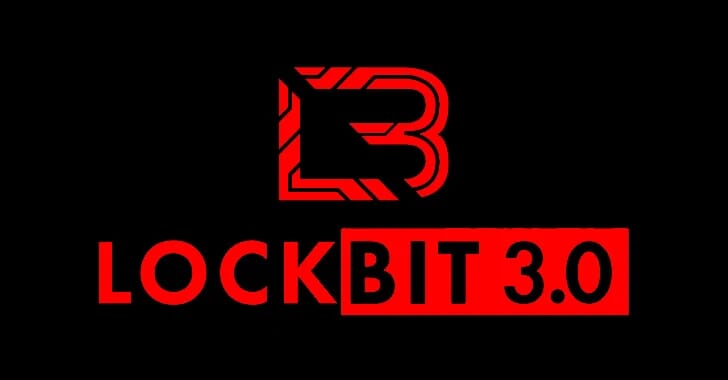LockBit Ransomware Group: A Deepening Cyber Threat

Introduction
LockBit has rapidly become one of the most notorious ransomware groups on the global stage. Since emerging around 2019, the group has evolved its tactics, targeting organizations of all sizes and across numerous sectors, from healthcare and education to finance and government. Their attacks are characterized by their efficiency, high ransoms, and the ruthless pressure they exert on victims.
The Evolution of LockBit
Initially, LockBit operated under a ransomware-as-a-service (RaaS) model, allowing affiliates to carry out attacks while the developers took a cut of the profits. Over time, LockBit continuously refined its malware, culminating in more sophisticated variants like LockBit 2.0 and 3.0. Each version introduced faster encryption speeds, enhanced evasion techniques, and more aggressive extortion methods.
By 2023, LockBit had become synonymous with double extortion: encrypting data and simultaneously stealing sensitive files to blackmail victims with the threat of public exposure. Their dark web leak site became a notorious hub for publishing stolen data when ransoms were not paid.
Recent Developments
In 2024 and early 2025, LockBit further diversified its operations. The group began offering customized ransomware payloads tailored to specific targets. Intelligence reports suggest LockBit has expanded its affiliate network, drawing in hackers from around the world and increasing the frequency and scale of its attacks.
Notably, LockBit has shown resilience against international law enforcement crackdowns. Despite occasional arrests and infrastructure seizures, the group quickly adapts, shifting servers and recruiting new developers to replace lost capabilities.
Tactics, Techniques, and Procedures (TTPs)
LockBit attacks often start with exploiting vulnerabilities in public-facing applications, phishing campaigns, or through insider threats. Once inside a network, the attackers move laterally with alarming speed, disabling security tools, stealing administrator credentials, and preparing systems for widespread encryption.
The ransomware is designed for stealth. It self-propagates across Windows domains, leveraging legitimate tools like PowerShell and remote desktop protocols. Before deploying the encryption payload, attackers exfiltrate large quantities of sensitive data to strengthen their extortion attempts.
Global Impact
The damage inflicted by LockBit is measured not only in ransom payments—often reaching tens of millions of dollars—but also in downtime, reputational harm, legal consequences, and financial penalties for breached organizations. Hospitals have been forced to divert patients, companies have suffered operational halts, and governments have faced data exposures affecting thousands of citizens.
In 2025 alone, LockBit has been linked to over 400 successful attacks across North America, Europe, and Asia, according to cybersecurity analysts. The true number could be even higher, as many victims choose not to publicly disclose breaches.
Law Enforcement and Defense Efforts
International coalitions such as Europol, the FBI, and Interpol have made LockBit a top priority. Cybersecurity firms are collaborating to develop decryption tools and improve defenses. Several joint operations have led to the dismantling of LockBit affiliate networks, but taking down the core leadership has proved elusive.
Authorities encourage businesses to implement layered defenses, conduct regular backups, segment networks, and train employees on phishing awareness to reduce the risk of infection.
Conclusion
As LockBit continues to adapt and expand, it exemplifies the evolving threat landscape of ransomware. Vigilance, international cooperation, and investment in cybersecurity resilience remain the best hope for countering the damage caused by groups like LockBit. The cyber battle shows no signs of slowing down, and organizations worldwide must remain alert to stay ahead.